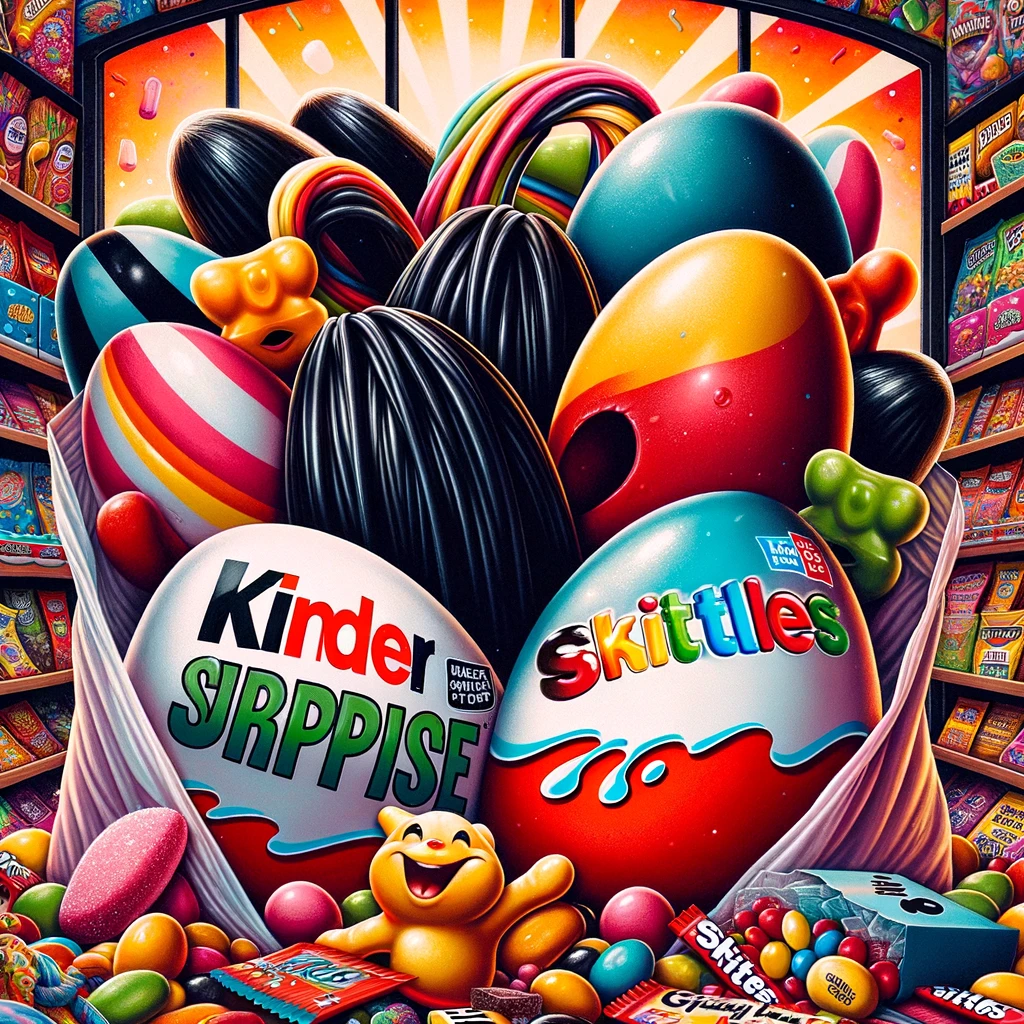Welcome to a journey through the sugary world of candy—a realm filled with delight and, surprisingly, a fair share of controversy! Whether it's due to their ingredients, their cultural implications, or their health impacts, some sweets have stirred more debates than others. This blog post dives into the stories behind some of the most controversial candies around the globe. Grab your favorite treat (controversial or not) and join us as we explore these fascinating confections!
1. The Ever-Debated Licorice
Licorice is one of those candies that people either love or hate. Its unique flavor comes from the extract of the licorice plant, a legume native to Southern Europe and parts of Asia. However, licorice's controversy isn’t just about its polarizing taste. In the United States and several European countries, licorice has been at the center of health-related debates due to glycyrrhizin, a natural sweetener found in the root that can cause high blood pressure, swelling, and even heart issues when consumed in large quantities.
Furthermore, in 2020, the FDA issued a warning after a man in Massachusetts died from eating too much black licorice in a short period, which brought renewed attention to the potential dangers of this old-school treat. Despite these risks, licorice remains a popular snack in many parts of the world, particularly in the Netherlands and Scandinavia, where salty licorice—known as 'salmiakki'—is especially beloved.
2. Kinder Surprise: A Choking Hazard?
Kinder Surprise eggs, a popular treat among children, consist of a chocolate shell encasing a small toy. While these treats are beloved in many parts of the world for the dual delight of chocolate and a surprise toy, they have been controversial in the United States. The primary concern? Choking hazards. The U.S. bans the sale of any candy that has a “non-nutritive object embedded” within it, which includes the toys inside these eggs.
Despite being legal in Canada, Europe, and Australia, where there are stringent safety tests for the toys, the U.S. maintains its ban, citing safety concerns. This has led to a peculiar black market for Kinder Eggs, with some fans smuggling them into the country. In 2011, U.S. Customs and Border Protection reported confiscating over 60,000 Kinder Surprise eggs from travelers' luggage and international mail shipments.
3. The Colorful Controversy of Skittles
"Skittles, taste the rainbow!" Who hasn’t heard this catchy slogan? However, this beloved candy has its share of controversies, mainly due to the artificial colors and flavors used in its production. Studies have linked some artificial colors to behavioral issues in children, leading to a public outcry and demands for more natural ingredients in their candies. In response, Mars Inc., the maker of Skittles, has moved towards removing some artificial colors from their products in Europe. However, the same cannot be said for their products in other markets, including the U.S., where the original formulation remains unchanged.
This inconsistency in ingredient standards across different markets has sparked debates about consumer rights and the responsibility of multinational companies in ensuring product safety and transparency.
4. Haribo Sugar-Free Gummy Bears: A Gut-Wrenching Story
Haribo’s sugar-free gummy bears might sound like a healthier option, but they come with a warning: excessive consumption may cause stomach discomfort and laxative effects. This is due to the sugar substitute used, lycasin, which can be difficult for some people’s digestive systems to process. Reviews on online marketplaces hilariously highlight the digestive turmoil experienced by unsuspecting consumers, leading to a somewhat notorious reputation online.
While the company states that these effects are common with the consumption of other sugar-free candies, the public's dramatic and shared experiences on social media have made these gummy bears a particularly infamous example of when "sugar-free" goes wrong.
Candy, like any other aspect of culture, can evoke a broad spectrum of reactions—from delight to dismay. Whether it’s the health risks of licorice, the legal issues surrounding Kinder Surprise, the debates over artificial colors in Skittles, or the gastrointestinal adventures caused by sugar-free gummy bears, it’s clear that even our sweetest indulgences aren't free from controversy. But perhaps it’s these debates that make the world of candy as rich and colorful as the treats themselves. So, whether you're a fan or a critic, there's no denying the impact these candies have had on our tastes and our laws.





No hay comentarios:
Publicar un comentario